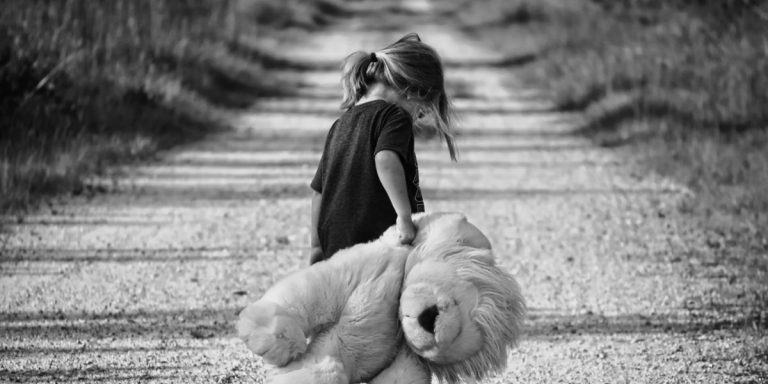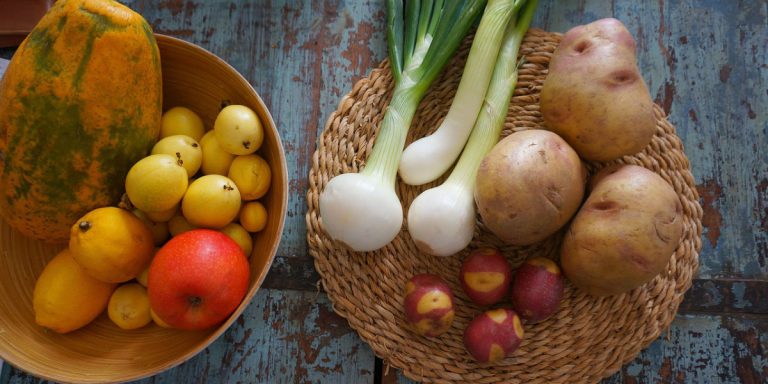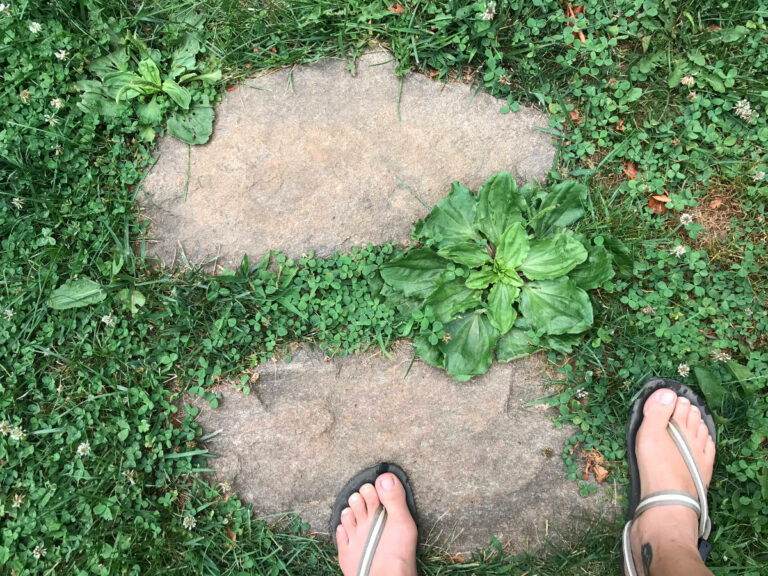I am neither a cancer researcher, nor trained in medicine. This should not be construed as medical advice, but more as social commentary.
Audio
Or find the audio wherever you get your podcasts.
Cancer cells develop because of multiple changes in their genes. These changes can have many possible causes. Lifestyle habits, genes you get from your parents, and being exposed to cancer-causing agents in the environment can all play a role. Many times, there is no obvious cause.
The American Cancer Society, “What Is Cancer?”
The first post in this series, Cancer Is A Symptom, looked at a kind of sensory deadening which can leave us less able to recognize toxins in the environment, and contributes to humanity’s continued reliance on materials and solutions which use carcinogenic substances. We looked at ways to reawaken the senses that we might better attune to healthier choices and more instinctively avoid harmful exposures to toxins.
Tolerances to toxins vary widely from person to person, and timing and combinations of exposures can also play a major role in their effects. These are meant to inspire us all the more to hone our senses so that we may better perceive these impacts for ourselves. We are not meant to cringe at every turn from potential dangers in our environment, nor to dwell on our fragility and seal ourselves up in bubbles. For life is dangerous and yet as we engage with it, we discover its life-giving generosity. And indeed, research shows that resilience develops when we plunge into the fray–kids who grow up on farms and with the animals suffer asthma at much lower rates than kids raised in clean and sterile environments.[2] The immune system needs to be challenged to grow strong.

How then can we know the difference between challenges that strengthen us, and those which administer the million tiny cuts that lead to cancerous mutation (and other diseases)? Clearly, knowledge alone has not taught us enough, for knowledge we have aplenty. A surer guide we find in the arrow of the heart. The heart’s wisdom, known more traditionally as the wisdom of conscience, cuts more directly through the forest of sensory input, social customs, personal assumptions, and technical and legal data. It employs knowledge in the service of life. For cancer represents an inversion of the life force which serves its own ends without regard for life’s dynamic give and take, its endlessly generous sharing and recycling of needs.
If this sounds abstract, we come to an important part of our dilemma. Hemmed in by toxins on all sides as we rapidly destroy the biosphere, how are we to find the “heart’s wisdom?” One way, and a painful but perhaps necessary way, is to look at all the ways we fail it: We abuse our food animals, we profiteer off our fellow humans, we permit criminally toxic industries, we cut down virgin boreal forests for the sake of toilet paper which could easily be made from other more sustainable materials, and we belly up to the sushi bar despite the fact that the majestic species of bluefin tuna from which we get maguro [3] is endangered.[4]
Here we confront some of the ways we all, usually unconsciously, participate in worldviews that sacrifice wonder and love for the sake of profits, pleasure, and convenience. These worldviews sit at the nexus of decisions both large and small which continue to traffic in known toxins. Eating tuna may not in and of itself cause cancer, but continuing to do so even as we risk losing the species forever, captures the essence of the ethical slippery slope which employs cancer-causing agents in our foods, in our industries, and in our environment.

But maguro…is so delicious! I get it. If you’ve never tasted fresh-caught-that-morning sashimi with lemon and soy sauce, you haven’t lived. It literally melts in your mouth.
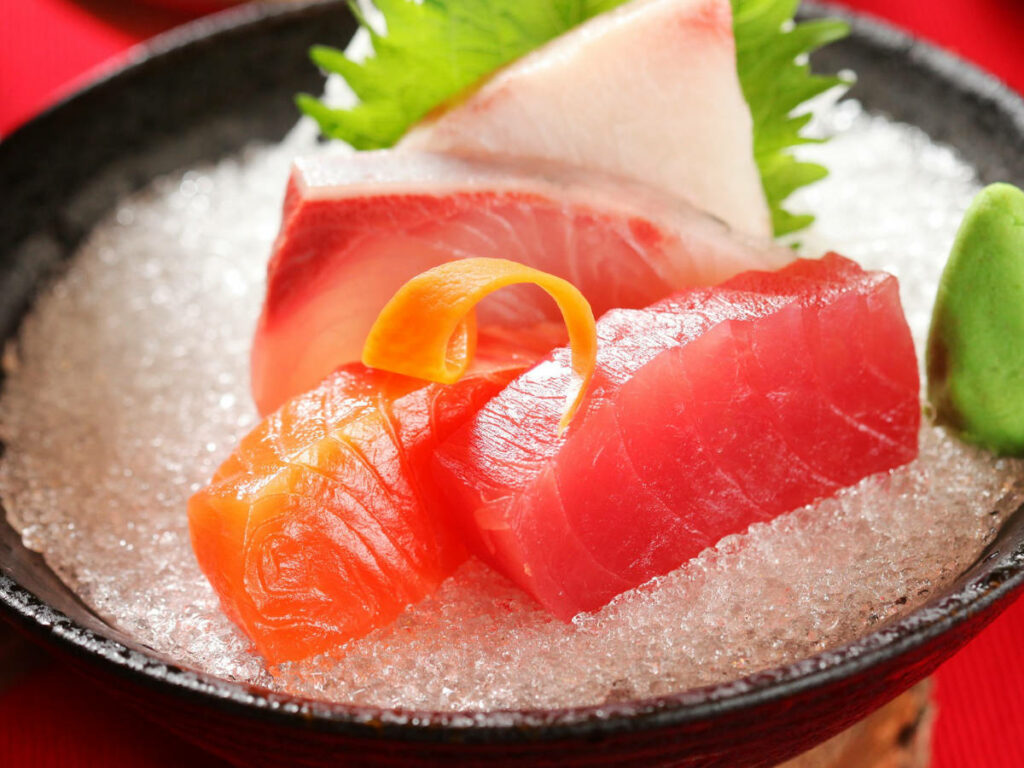
Did you know that as an apex predator, bluefin tuna meat is often loaded with mercury and other heavy metal toxins? This hasn’t stopped the market’s appetite, but maybe this will make you hesitate. The Atlantic bluefin tuna can weigh 1,500 pounds, measure 10 feet long, and swim over 40 miles per hour. [4] It is warm-blooded with an enormous heart that grants it both stun ning speed and an ability to dive to great depths. [5] It is a truly magnificent species that we risk fishing to extinction if we don’t radically reduce demand.
In Japan, the obsession with this fish is intense. They have staunchly refused to participate in European conservation efforts, conservation efforts which have unfortunately been rolled back.[6] [7] Americans have proven avid consumers as well, but so too wealthy parts of Asia such as Hong Kong, where cultural traditions around food have led to massive consumption and waste. According to the World Wildlife Fund, “a single fish has sold for over $1.75 million!” [8] And smaller fish routinely fetch $30,000 at market.
This article published at the Yale School of the Environment beautifully tells the story of the bluefin tuna’s endangerment and why it matters that we should care: “How Global Regulators Are Selling Out the World’s Largest Tuna.” This also from the article’s author, Jennifer Telesca, speaks directly to the heart:
To know the wonder, the magic, the sight of this fish, like so many others, is to defy and resist a predatory regime of value in a regulatory culture narrowly preoccupied with profit, monetization, inventories, maximum yields, assets, costs, benefits for economic growth. A fish is not only some “thing” to be “saved,” like money compounding interest in a bank account. She is a being to be respected. She is a mystery to be celebrated and revered. She is a co-creator in this life.
Jennifer Telesca
If I were to ask you, for love of the Atlantic bluefin tuna, to stop eating maguro sushi and sashimi, would you do it? Are you willing to sacrifice your own pleasure for the sake of this crown jewel on the evolutionary tree of life? If the answer is no, this is something to reflect upon.

We may have a long road to walk to regain our senses and to restore our ability to make wiser more wholehearted choices. But I doubt we’ll get there with do-gooderism or sober recitations of facts. We have to fall in love with the beauty of the world. And each other. And ourselves. How can we fall down weeping for the loss of a crown jewel on the evolutionary tree of life if we don’t love ourselves? How can we come to terms with the cruelty of bacon? How can we look Life in the eye and confront how insensitive we’ve been?
I am focusing on our relationship with food because it is so primary and none of us is exempt. I believe the challenge no less daunting that it began more than 10,000 years ago when hunter gatherers stopped calling animals “brother” and dancing their spirits, and settled down to raise both animals and plants for food and other needs.

I don’t remember where I read the sage observation that the shift from hunting wild animals to killing the animals we live with created a deep emotional dissonance. If you’ve ever bottle fed a lamb, or raised a calf, only to then contemplate slaughtering it yourself, you understand the difficulty I’m talking about. And so, cultural traditions arose to distance us from the suffering of animals, and to dismiss their personhood. To be sure, our dissociation happened slowly over time–many a loving shepherd tended their flocks through the millennia, and even do still today!

But most of us live far far away from those lifestyles, and depend on industrially farmed food. With the rise of these modern farming methods, engineered and rationalized by science, our empathy for animals has plumeted off the cliff. Even so, even those of you who love bacon would probably vomit on the floor and have nightmares for weeks if you saw up close the depth of our cruelty to intensively farmed pigs. I won’t make you look, but there are some videos in this Wikipedia article on “Intensive pig farming” that illustrate the point (Trauma Warning: don’t watch these if you’re already sensitive).
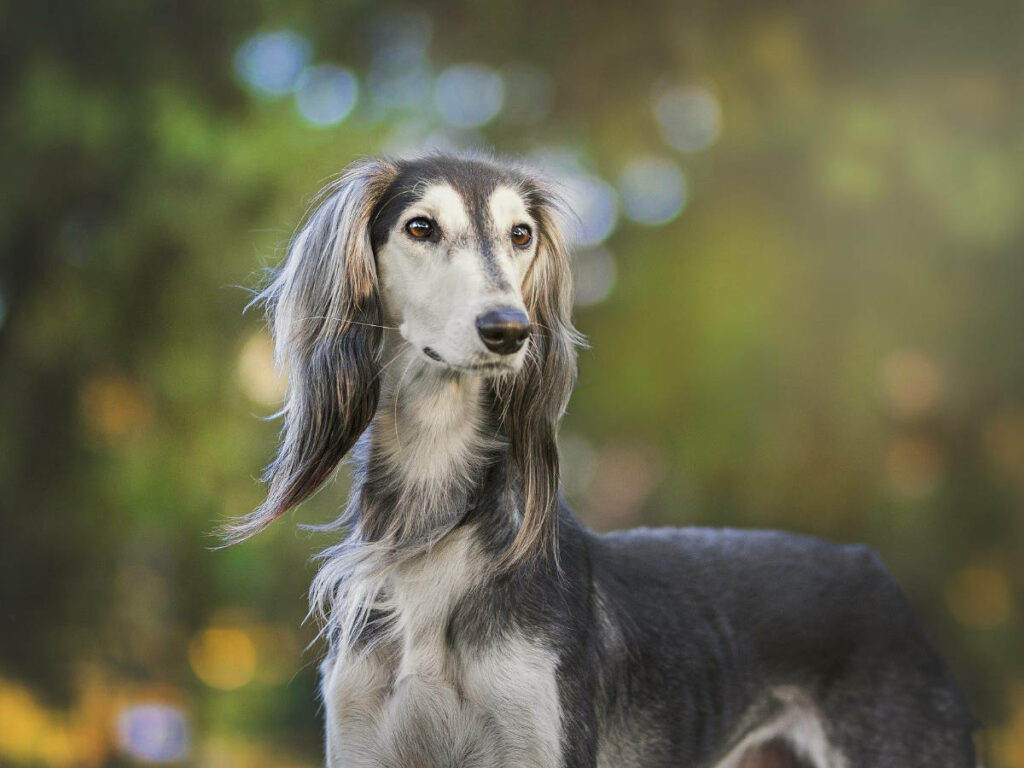
Science is only now beginning to recognize not just the intelligence, but the personality of animals, even animals as supposedly as primitive as spiders. Pet lovers have known this for years, of course. In 2013, an Indian court ruled dolphins non-human persons with rights and outlawed dolphin captivity and shows [9], an incredibly enlightened move. But we have a long way to go to really wake up to the sentience of nature. For one thing, we haven’t even talked about the consciousness and intelligence of plants, a topic that’s only just begun to be broached. Michael Pollan has made a nice start.
With the plants, we jump off into realms one might call magical. Certainly this is the world to which Psilocybin opens a door: not only to heightened perception, but to communication with the non-animal forms of life around us. I am convinced, as Michael Pollan shared from his magic mushroom experience in This Is Your Mind on Plants, that we not only are known and well-regarded by the plants we love and care for, but that we can learn to sing the body electric by opening ourselves to communion with them. That’s a teaser. I will write more about that, and you can certainly explore it for yourself!
But I believe that these senses for communing with plants and psychoactive fungi get us closer to being able to dodge toxins in our environment, that enable us to radiate a shield of life-giving presence which sheds harm. Insofar as they are guided by love, they can entrain us to walk down other paths than the ones that might lead to accidental high-dose exposure to a powerful carcinogen. The advancing field of psychonautics offers us a jump-start to retrieving the deeper radiant qualities of perception and being that our ancestors probably had, and to which we can return. But the simplest path of return lies through the doorway of the heart. Love yourself, love each other, love the world, and the abundance of life shall be yours in whatever form you inhabit.
References
- The American Cancer Society. “What Is Cancer?” retrieved February 22, 2022 from https://www.cancer.org/treatment/understanding-your-diagnosis/what-is-cancer.html
- Yeomans, T. (July 13, 2013). “Does Being Too Clean Cause Allergies?” retrieved February 26, 2022 from https://www.allergystandards.com/news_events/hygiene-hypothesis/
- “Toro, Chutoro, and Maguro: Tuna and Its Many Names.” https://matcha-jp.com/en/2646
- Atlantic bluefin tuna. In Wikipedia, The Free Encyclopedia. Retrieved 03:00, February 19, 2022, from https://en.wikipedia.org/w/index.php?title=Atlantic_bluefin_tuna&oldid=1072369951
- Telesca, J. (November 7, 2019). “Cultivating care for one of the ocean’s most majestic creatures.” University of Minnesota Press Blog retrieved February 22, 2022 https://uminnpressblog.com/2019/11/07/cultivating-care-for-one-of-the-oceans-most-majestic-creatures/
- Atlantic bluefin tuna. In Wikipedia.
- Telesca, J. (June 16, 2020). “How Global Regulators Are Selling Out the World’s Largest Tuna.” Yale Environment 360 website retrieved February 22, 2022 https://e360.yale.edu/features/how-global-regulators-are-selling-out-the-worlds-largest-tuna
- “Bluefin Tuna.” World Wildlife Fund website https://www.worldwildlife.org/species/bluefin-tuna.
- “Dolphins gain unprecedented protection in India.” Deutche Welle website retrieved February 22, 2022 https://www.dw.com/en/dolphins-gain-unprecedented-protection-in-india/a-16834519


